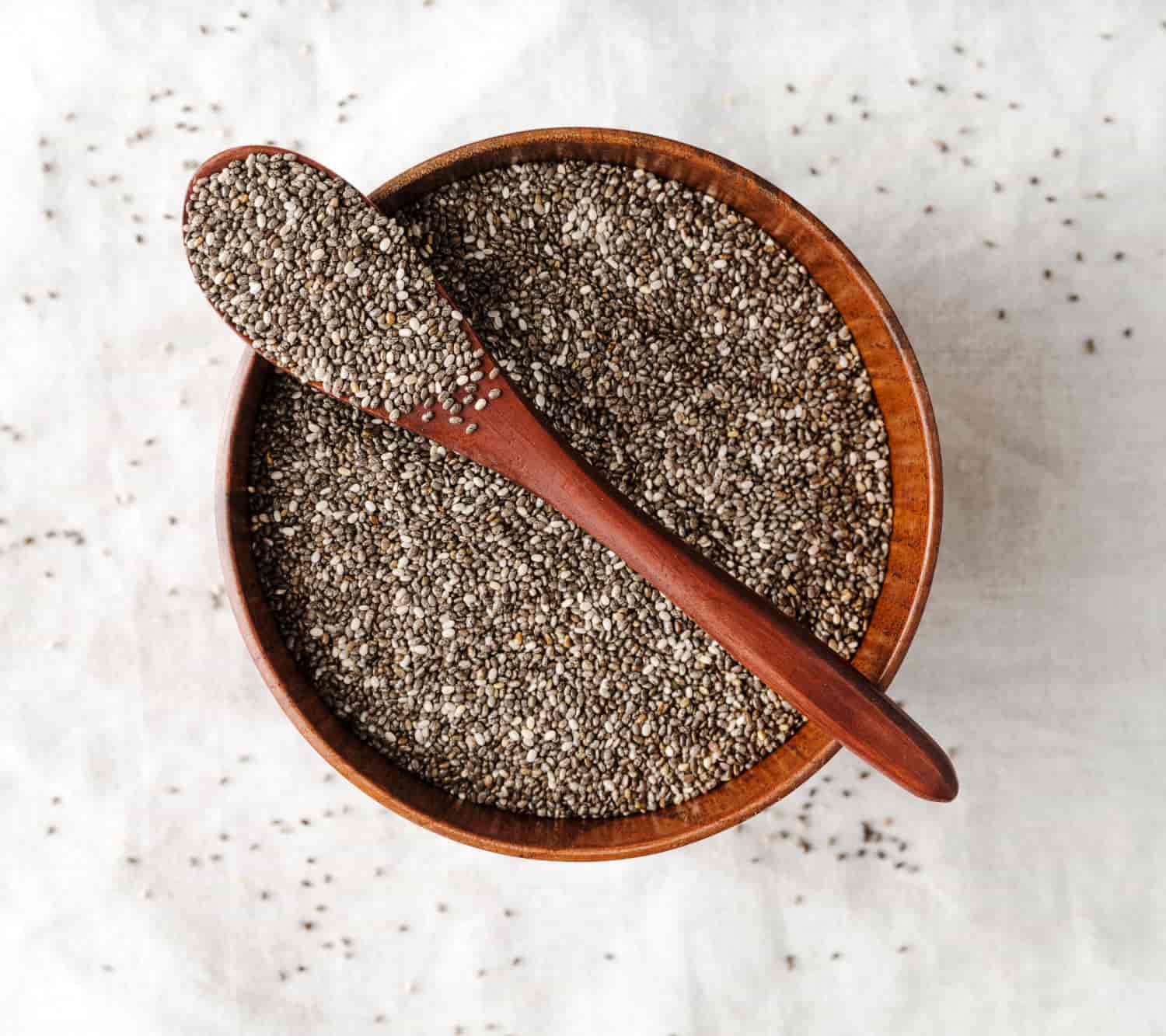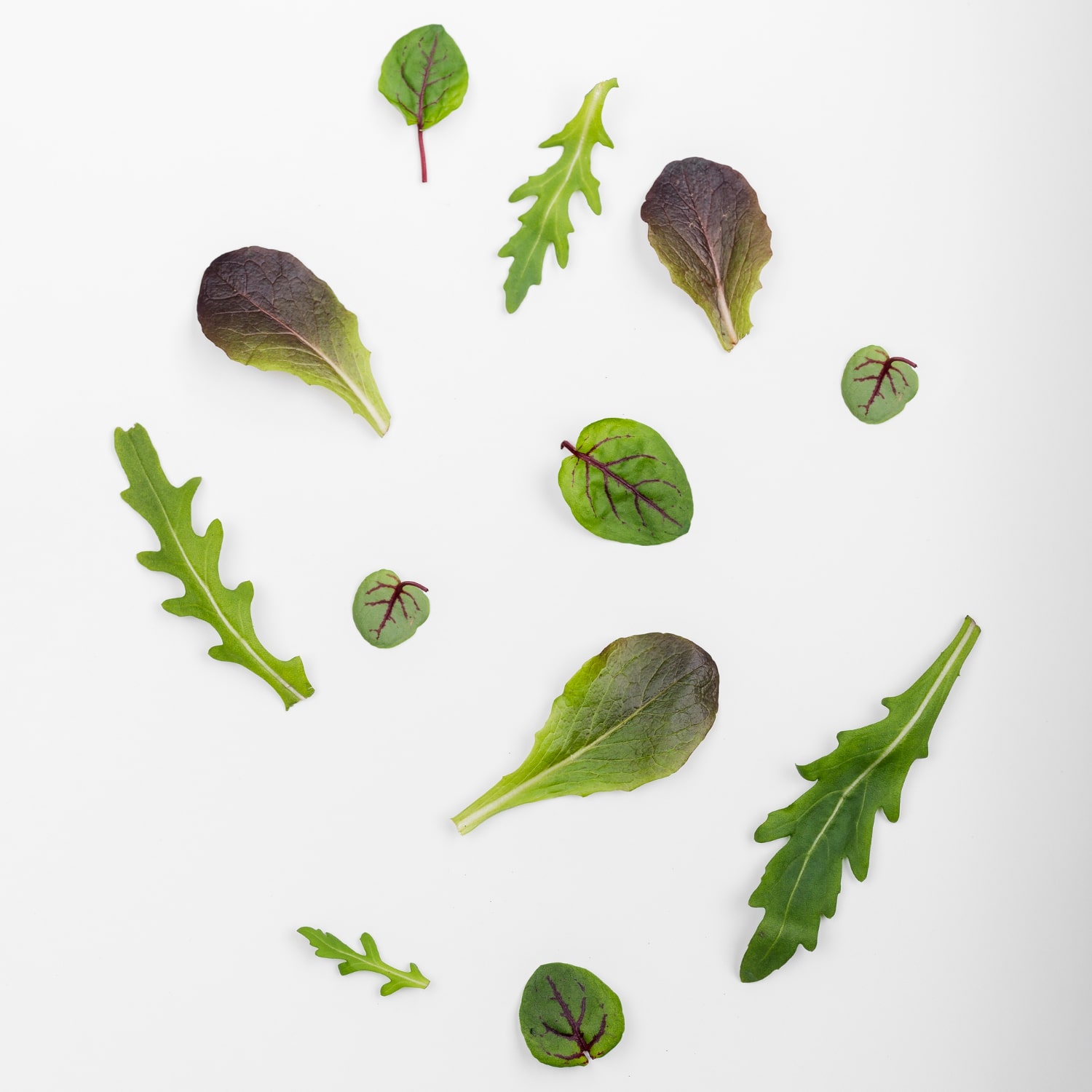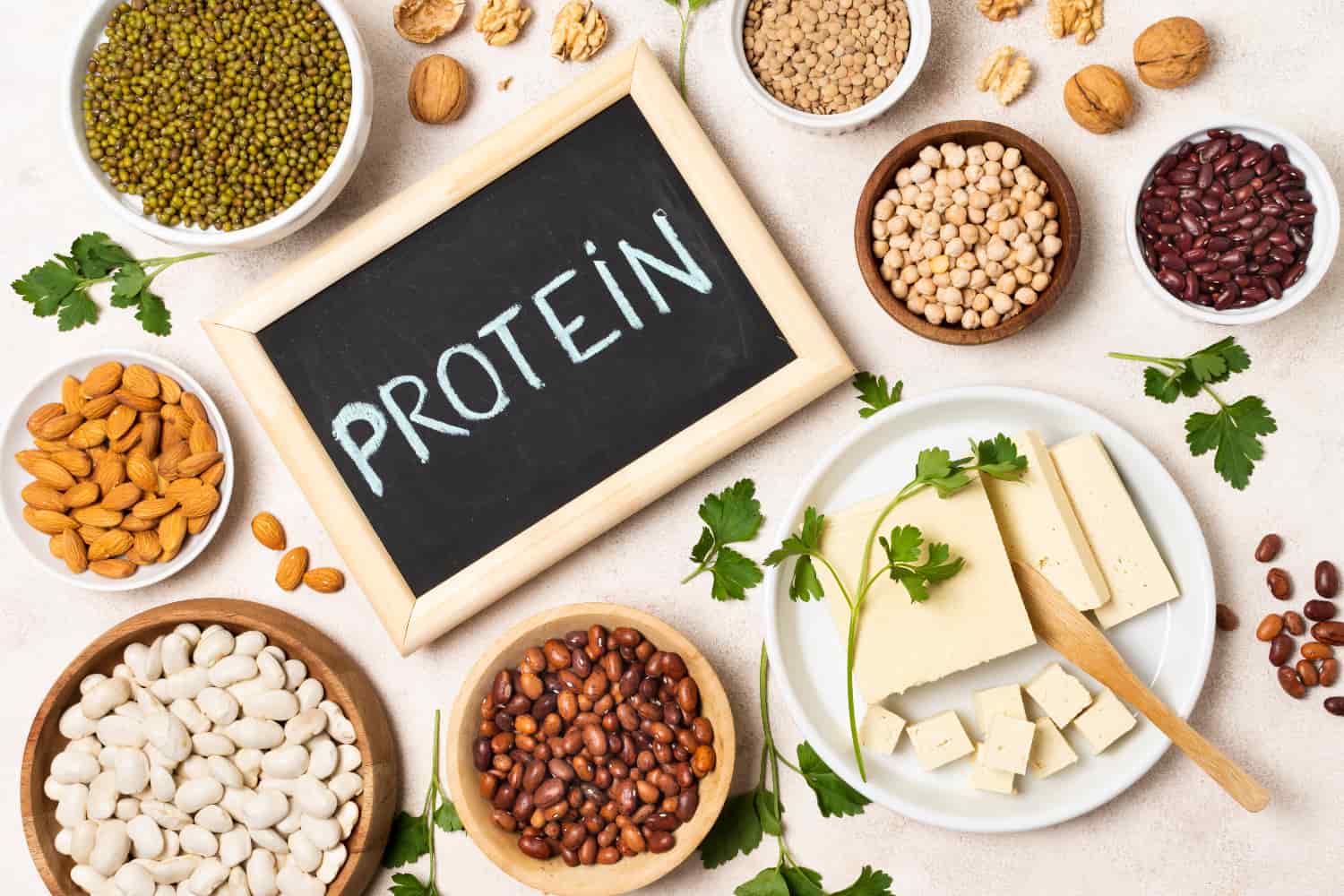Protein is one of the most important nutrients for your body, playing a key role in muscle repair, immune function, and overall health. It’s often associated with meat, as it’s a primary source in many traditional diets. However, there are plenty of ways to get adequate protein without consuming animal products. Whether you’re a vegetarian, vegan, or simply looking to cut back on meat for health reasons, there are numerous plant-based sources of protein that can help you meet your nutritional needs.
If you’re wondering how to increase your protein intake without turning to meat, keep reading for some delicious and nutritious options to include in your diet. Whether you’re looking for a meatless meal plan or simply aiming to reduce your meat consumption, Kelsey Holmer recipes can help you discover new and exciting ways to incorporate plant-based proteins into your meals.
1. Legumes: Beans, Lentils, and Chickpeas
One of the best sources of plant-based protein is legumes. Beans, lentils, and chickpeas are all rich in protein, fiber, and essential nutrients. They are versatile and can be incorporated into soups, salads, stews, curries, and even used as a base for veggie burgers or meatless meatballs.
- Black Beans: 1 cup of cooked black beans contains about 15 grams of protein.
- Lentils: 1 cup of cooked lentils provides around 18 grams of protein.
- Chickpeas: 1 cup of chickpeas has approximately 14.5 grams of protein.
Adding legumes to your meals not only boosts your protein intake but also provides fiber, which is important for digestion and heart health.
2. Tofu and Tempeh
Tofu and tempeh are made from soybeans, and they are both excellent sources of protein for those who don’t consume meat. They are incredibly versatile and can be used in a variety of dishes, from stir-fries to smoothies to grilling.
- Tofu: This soy-based product has about 10-20 grams of protein per 4-ounce serving, depending on the firmness. Tofu can be scrambled, grilled, sautéed, or even used in desserts like smoothies and puddings.
- Tempeh: A fermented soy product, tempeh contains around 21 grams of protein per 4-ounce serving. Its nutty flavor and dense texture make it ideal for sandwiches, salads, and stir-fries.
Both tofu and tempeh are also rich in iron, calcium, and other essential minerals, making them an excellent addition to a plant-based diet.
3. Quinoa
Often referred to as a “complete protein,” quinoa is a grain that contains all nine essential amino acids, making it one of the few plant-based sources of complete protein. A cup of cooked quinoa provides around 8 grams of protein, making it an excellent addition to any meal, whether as a side dish, a base for salads, or incorporated into baked goods.
Not only is quinoa a great source of protein, but it’s also rich in fiber, magnesium, and antioxidants, contributing to heart health and overall well-being.
4. Nuts and Nut Butters
Nuts and seeds are great sources of protein and healthy fats. Almonds, peanuts, cashews, and pistachios all provide substantial amounts of protein per serving, making them an easy and delicious snack.
- Almonds: A ¼ cup serving contains about 8 grams of protein.
- Peanut Butter: Two tablespoons of peanut butter provide around 8 grams of protein.
Nut butters can be spread on toast, added to smoothies, or incorporated into savory sauces or dressings. Just be sure to choose natural nut butters with no added sugar or preservatives for the healthiest option.
5. Chia Seeds, Hemp Seeds, and Flaxseeds

These tiny seeds are packed with protein and healthy fats, making them an easy addition to your diet.
- Chia Seeds: One ounce of chia seeds (about 2 tablespoons) provides 4 grams of protein, along with omega-3 fatty acids and fiber. They can be sprinkled on salads, added to smoothies, or soaked overnight to make chia pudding.
- Hemp Seeds: Offering around 10 grams of protein per 3 tablespoons, hemp seeds are also rich in essential fatty acids and magnesium. They can be sprinkled on top of cereal, salads, or blended into smoothies.
- Flaxseeds: While not as high in protein as chia or hemp, flaxseeds still provide a decent 3 grams of protein per tablespoon. They are also high in fiber and omega-3s, which are great for heart health. Add them to smoothies, baking, or sprinkle them over your morning oatmeal.
6. Edamame
Edamame are young soybeans and are a great protein-packed snack. They can be purchased fresh or frozen and steamed quickly for a nutritious, satisfying snack or added to salads, soups, and stir-fries.
One cup of edamame provides about 17 grams of protein, making them one of the best protein sources in the legume family. Edamame is also rich in fiber, vitamins, and minerals, such as folate and vitamin K.
7. Seitan
Seitan, also known as wheat gluten, is a high-protein meat substitute often used in vegan and vegetarian diets. It’s made by washing wheat flour dough until the starch is removed, leaving behind a protein-rich product. Seitan is a complete protein, containing around 21 grams of protein per 3-ounce serving, making it one of the highest protein content foods available from plant-based sources.
It has a chewy texture that mimics meat, making it a great addition to stir-fries, sandwiches, or as a meat alternative in tacos or burgers. However, because it’s made from gluten, it’s not suitable for those with gluten intolerance or celiac disease.
8. Leafy Greens

While leafy greens like spinach, kale, and collard greens are not as high in protein as other sources listed, they are still a valuable addition to a plant-based diet. They are full of vitamins, minerals, and fiber, with a moderate amount of protein.
For example, one cup of cooked spinach contains around 5 grams of protein. Adding greens to salads, smoothies, soups, or even as a cooked side dish can help boost your overall protein intake.
9. Plant-Based Protein Powders
If you find it challenging to get enough protein from whole foods alone, plant-based protein powders can be a convenient way to supplement your diet. Protein powders made from pea, hemp, brown rice, or soy are great options for those looking to boost their protein intake. These powders can easily be added to smoothies, baked goods, or oatmeal.
10. Vegan Protein-Rich Grains
Aside from quinoa, other grains like farro, barley, and amaranth are also rich in protein. Farro contains 7 grams of protein per cup, while amaranth offers about 9 grams per cup. Barley, too, is a good source of protein, with around 6 grams per cup of cooked barley. These grains can be used as the base of a salad, tossed with roasted vegetables, or served as a hearty side dish.
Getting enough protein without eating meat is easier than you might think. By incorporating a variety of plant-based protein sources into your meals, you can ensure that your body gets the nutrients it needs to thrive. From legumes and tofu to nuts and seeds, there’s no shortage of delicious and nutritious ways to increase your protein intake. And by getting creative in the kitchen, you can enjoy a balanced, plant-powered diet that supports your health and well-being.









